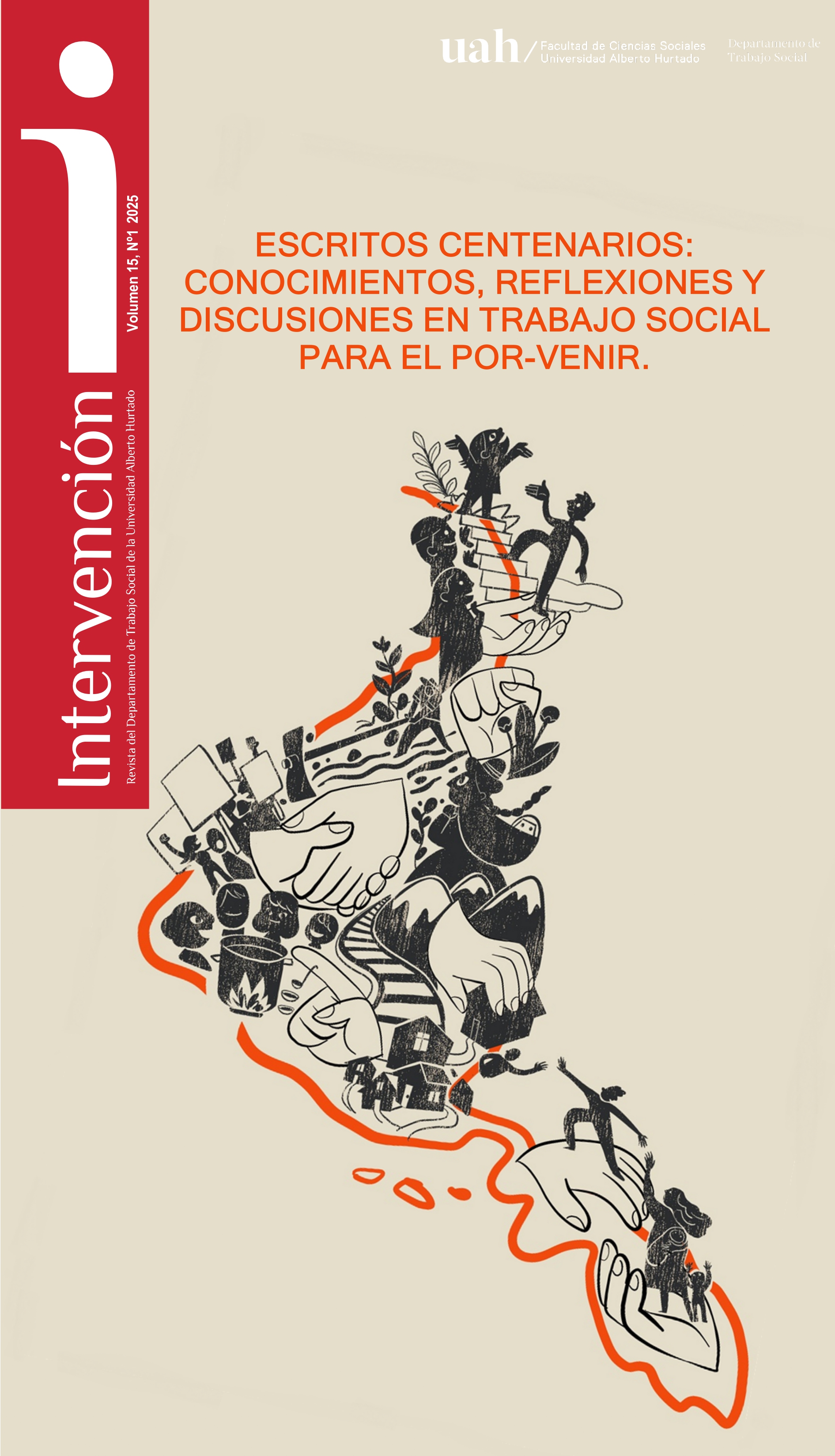Among threads, knots, and openings: the complex weave of community process facilitation
Main Article Content
Abstract
I understand the facilitation of community processes as a situated, deeply relational practice that requires holding uncertainty, embracing diversity, and listening to what has been historically silenced. Through the images of the project “Sangre de mi sangre” (Blood of My Blood), I attempt to think of facilitation as a textile art: weaving with others not to reach a finished result, but to enable spaces where singularities and collectivities coexist. Knots are not seen as mistakes, but as creative tensions; openings, as spaces for air, for new voices. To facilitate, then, is not to lead or intervene from a supposed neutrality. It is to step aside, to recognize the knowledge already present in the territory, to open space for languages that go beyond words — bodies, gestures, materialities — and to hold controversy without shutting it down. In a time marked by fragmentation and market logic, facilitation is also a political act of recovering the commons, of rebuilding the social fabric. This essay is an attempt to make that complex weave visible: between affections, power, listening, and collective creation. Because what emerges from the encounter always exceeds our initial intentions. And because to facilitate, from my perspective, is to carefully weave the threads of the commons, knowing that in each knot and in each opening lies the possibility of other possible worlds.
Downloads
Article Details

This work is licensed under a Creative Commons Attribution-NonCommercial-NoDerivatives 4.0 International License.
References
Carballeda, A. (2016). La escucha como un proceso.Una perspectiva desde la intervención social. Revista de Políticas Sociales (3):103-6.
Centro de Derechos Humanos UAH (2023, 8 marzo). Fotografía [Instagram]. Recuperado de https://www.instagram.com/p/Cpie1IPOZUe/?img_index=1&igsh=Z2l5MGQ0amM0Mmll
Centro de Derechos Humanos UAH [CDH] (2023, 4 de junio). Fotografía [Instagram]. Recuperado de https://www.instagram.com/p/CtFw-xoO2u1/?img_index=2&igsh=MTZ4dWZucTZpb2RxYg%3D%3D
Centro de Derechos Humanos UAH (s/f). Acciones textiles “Sangre de mi sangre” Colectiva Hilos. Recuperado de https://www.memoriayderechoshumanosuah.org/28740-2/
Foucault, M. (1979). Microfísica del poder. Madrid: Las Ediciones de La Piqueta.
Hernández, L. (2020). Antes de empezar . Madrid: CIMAS.
Magendzo, A., y Bermúdez, Á. (2017). Pensando la educación en derechos humanos desde una mirada ética y controversial. Revista latinoamericana de derechos humanos, 28(2), 17-34.
Ribeiro, D. (2020). Feminismos plurales. Ediciones Ambulantes. Madrid.
Rivera, S. (2015). Sociología de la imagen Miradas ch'ixi desde la historia andina. Buenos Aires: Tinta Limón Ediciones.


